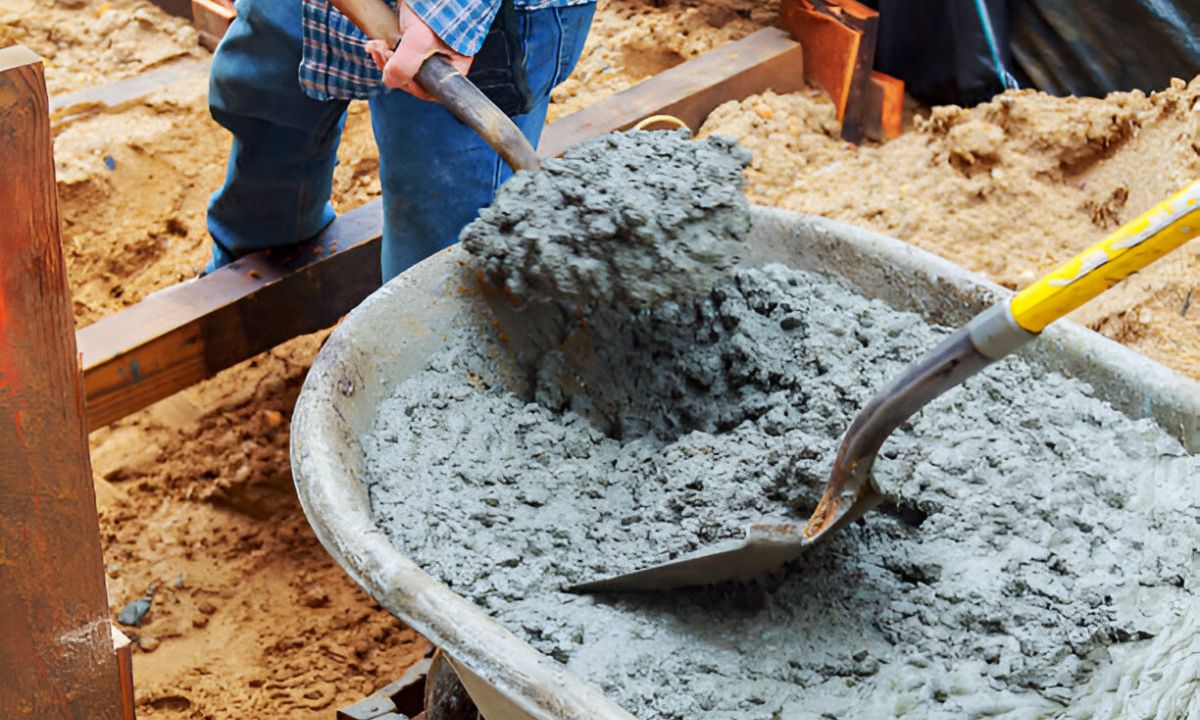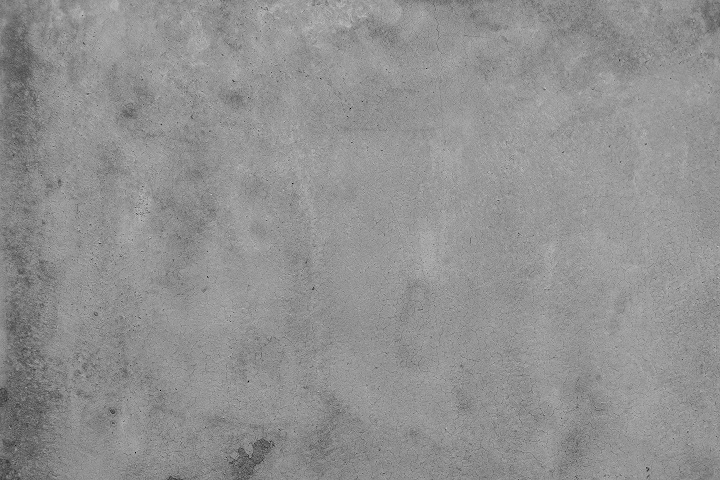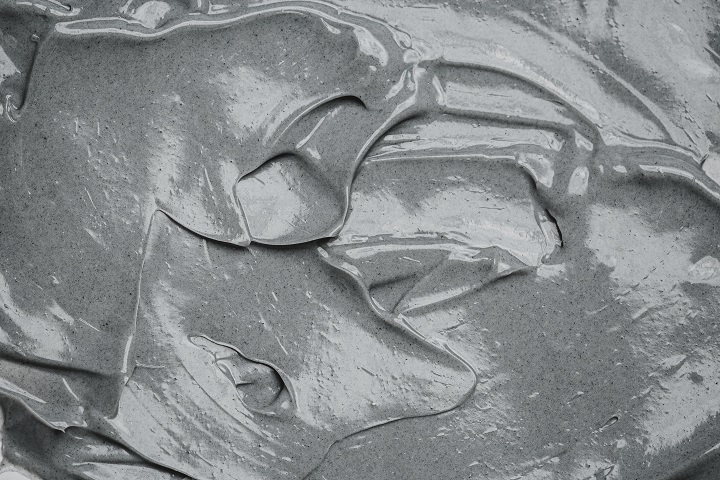How to Calculate Water Cement Ratio in Concrete
The cement ratio is the ratio of the mass of water to the mass of cement added to concrete. The ratio typically stands between 0.40-0.60 for a concrete mix of different grades. It is very important to know about this as it directly influences the durability and strength of the concrete. However, most people find the process of calculation complex.
What is the Right Amount of Water Cement Ratio?
The right amount of water-cement ratio varies depending on the concrete. For your convenience, we have given a brief idea of the typical water-cement ratio.
- 0.6 to 0.7 is normal for ordinary concrete including driveways and sidewalks.
- 0.4 is viable if you are opting for high-quality concrete.
If we come to the practical range of the water-cement ratio, it is from about 0.3 to over 0.8. The ratio of 0.3 can be firm if you do not use superplasticizers. Again, if the ratio is 0.8, the concrete becomes wet and weak. Typically, when the concrete is properly cured, compressive strengths are as follows:
- 0.4 water cement ratio –> 5600 psi
- 0.8 water cement ratio –> 2000 psi

How to Calculate Water Cement Ratio in Concrete: Explained
A few steps and factors are involved in the process of calculating water cement ratio in concrete. We have broken down the steps for you!
Hence, we, mircement.com, are here to let you know about the easy process written on how to calculate water cement ratio in concrete!
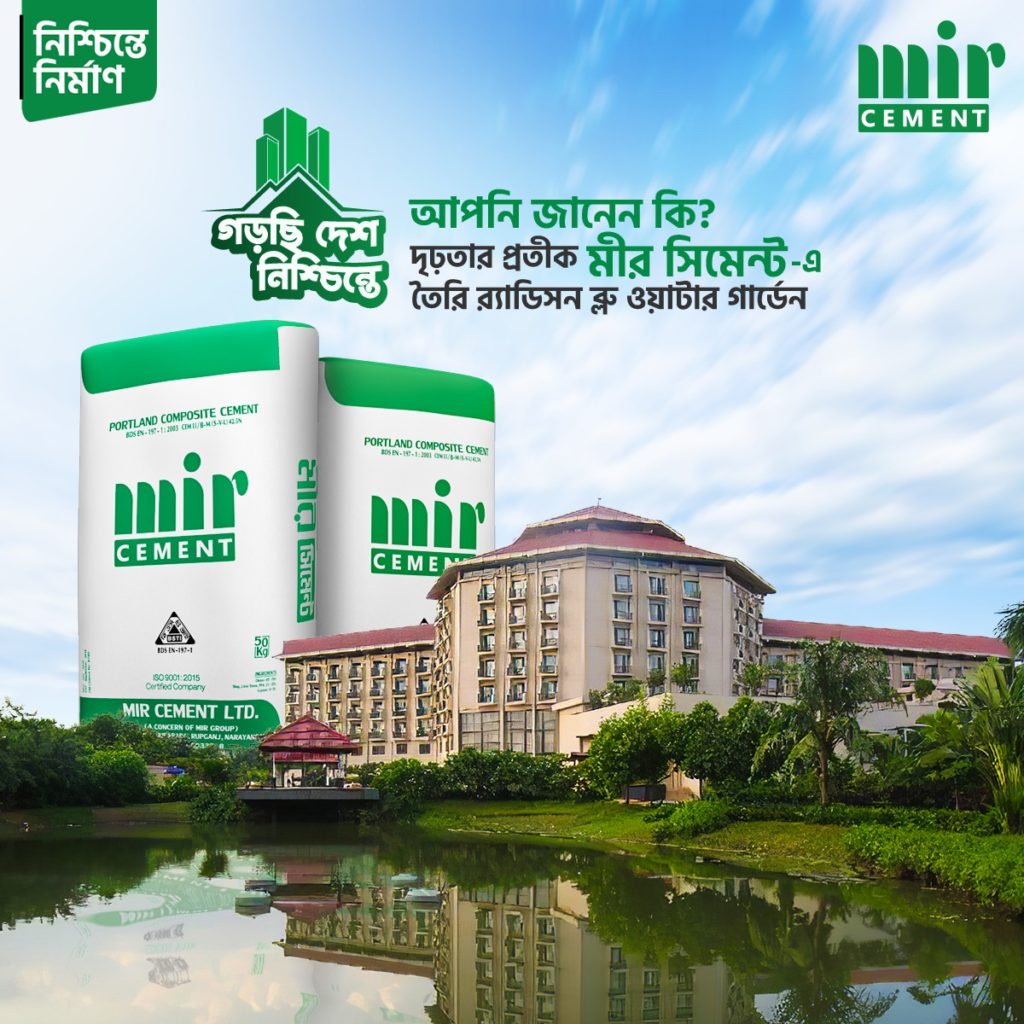
Identify the Required Strength
The first step is to determine the required strength of the concrete. It generally depends on the specifications of the projects or structural requirements.
Choose the Water Cement Ratio Range
According to your required strength and the requirements of your project, select the initial range. It generally lies between 0.4 to 0.6.
Assess the Water Content
The next step is to calculate the estimated water content needed for a stated volume of concrete mix. It can be done by considering cement content, aggregate moisture content, and water-cement ratio range. However, make sure that potable water is being used. Impurities should be avoided at any cost so that the strength of the concrete is not compromised.
Adjust the Water Content
Now, guided by factors like moisture content, shape, size of the aggregates, texture, environmental conditions, admixtures, and cement additives that might influence the water demand of the mix, adjust the initial water content estimation.
Weight the Cement
According to the requirement of the concrete mix, weight cement. Try to ensure utmost accuracy as the measurement of cement directly affects the water-cement ratio. The cement usage while mixing concrete must be done according to the standards of the Bangladesh National Building Code.
Determine the Size of Aggregate
The maximum water content in a concrete mix depends on the size of the aggregates.
| Nominal Maximum Size of Aggregate in mm | Maximum Water Content per Cubic Metre of Concrete |
| 10 | 208 |
| 50 | 186 |
| 40 | 165 |
Calculate the Water Cement Ratio
The formula for calculating the water-cement ratio for concrete is:
Water-cement ratio = Weight of Water / Weight of Cement
The formula for calculating the water-cement ratio for concrete is: Water-cement ratio = Weight of Water / Weight of Cement. To calculate the water-cement ratio, you must first weigh the amount of water in pounds or kilograms. Then, you must weigh the amount of cement in pounds or kilograms. Finally, you divide the weight of water by the weight of cement. Your result is the water-cement ratio.
Why Do You Need to Calculate the Water Cement Ratio in Concrete?
The importance of using the right amount of water in the concrete mix is undeniable. Cement and water bind everything together. Hence, water to cement ratio brings out the robustness and durability of the concrete when it is cured properly.
The greater the amount of water in a concrete mix, the more dilute the cement paste. Compressive strength, porosity, color, tensile strength, shrinkage, and flexural strength are dependent on this.
Concrete becomes weak when more water is added to the paste. The strength reduces as the diluted paste results in a larger spacing of the cement particles. It is because of the growth of crystals during the chemical reaction between water and cement. They remain far apart to knit and form powerful bonds.
Furthermore, when the water-to-cement ratio is high, it is more prone to shrinkage and crackage. Weak points are created as micro-cracks are caused by shrinkage. The weight of the aggregates and cement paste allows any excess water in the mix to rise to the top when fresh concrete is poured.
Excessive amounts of water can weaken the surface and lead to the formation of microscopic holes and channels. Small cracks that develop from these weak points have the potential to undermine the concrete’s overall durability and strength over time.
Now, you know why it is important to calculate the water-to-cement ratio in concrete.
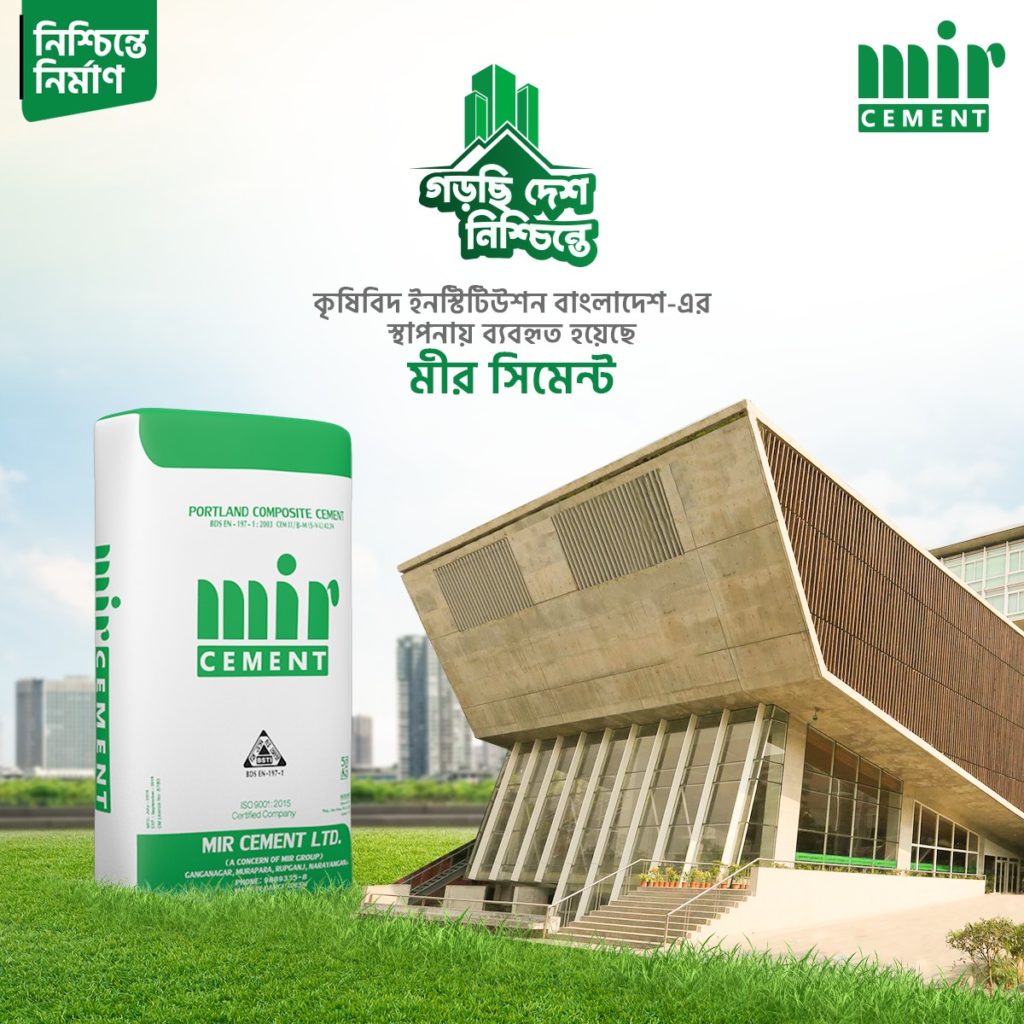
How to Test the Water Cement Ratio?
After calculating the water-cement ratio of concrete, it is super necessary to know its accuracy. By understanding and precisely calculating the water-cement ratio, construction professionals can refine the concrete mix to meet the certain requirements of the project. You can conduct the following tests to do it!
If you need to buy our cement, please contact us today for high-quality products that ensure strength and durability in your construction projects.
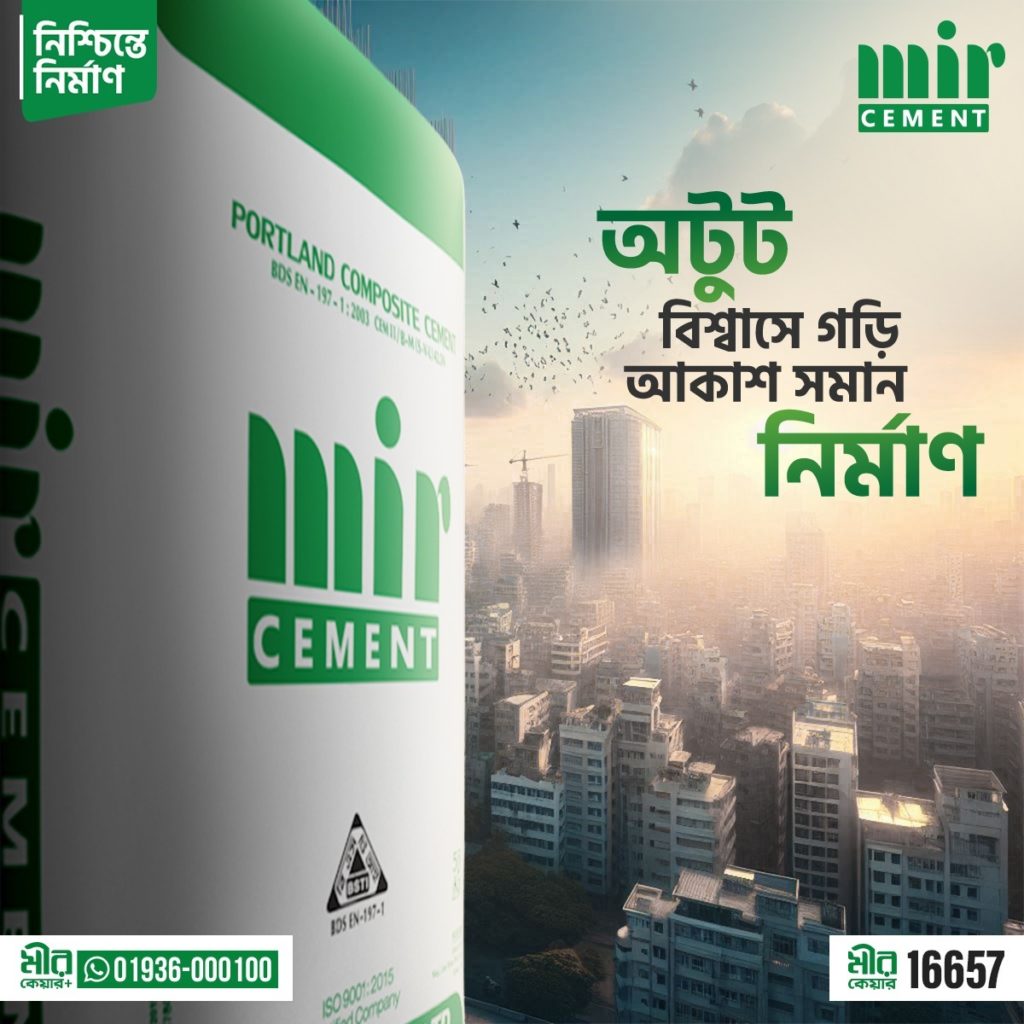
Slump Test
The slump test assesses the workability of the concrete. Conducting a slump test will help you to measure the flow and consistency of the fresh content. It will also highlight the indication of the water content.
Compressive Strength Test
A Compressive Strength test has to be conducted on cured concrete samples. It is done to ensure that the obtained strength aligns with the design requirements.
Durability Testing
Concrete has some durability properties like resistance to chemical attack, freeze-thaw resistance, permeability, etc. You have to assess these. The tests will determine if your ratio is appropriate for the service conditions you are aiming for.
Conclusion
The process we have mentioned above is super simple. Try to follow everything precisely. A proper water-cement ratio should be maintained to get the best results in concrete. A small mistake can ruin your entire concrete mix. So, be vigilant. Hopefully, this guide on how to calculate water cement ratio in concrete will help you!
Read More: To build the cities of tomorrow, You need strong and reliable cement!

